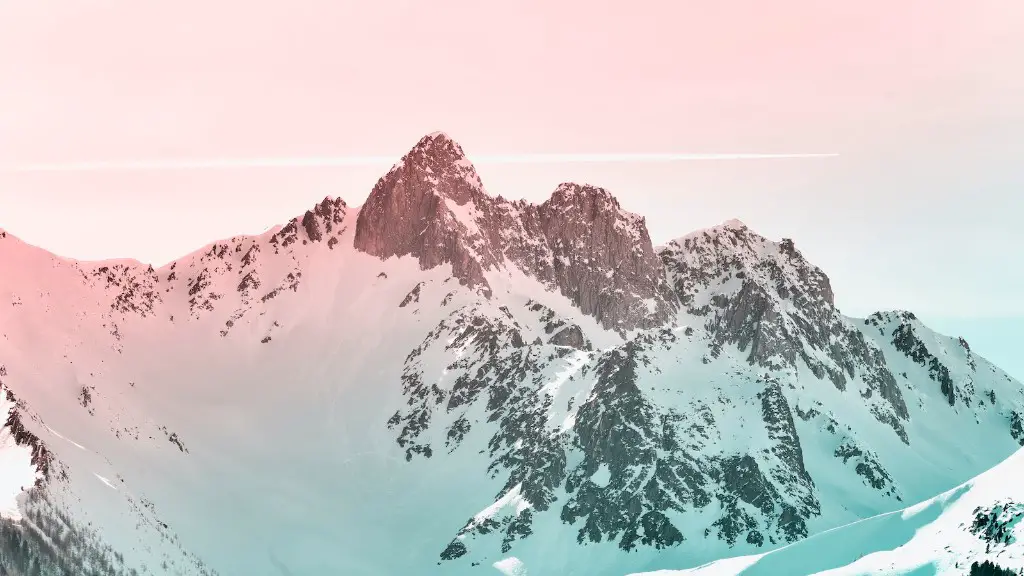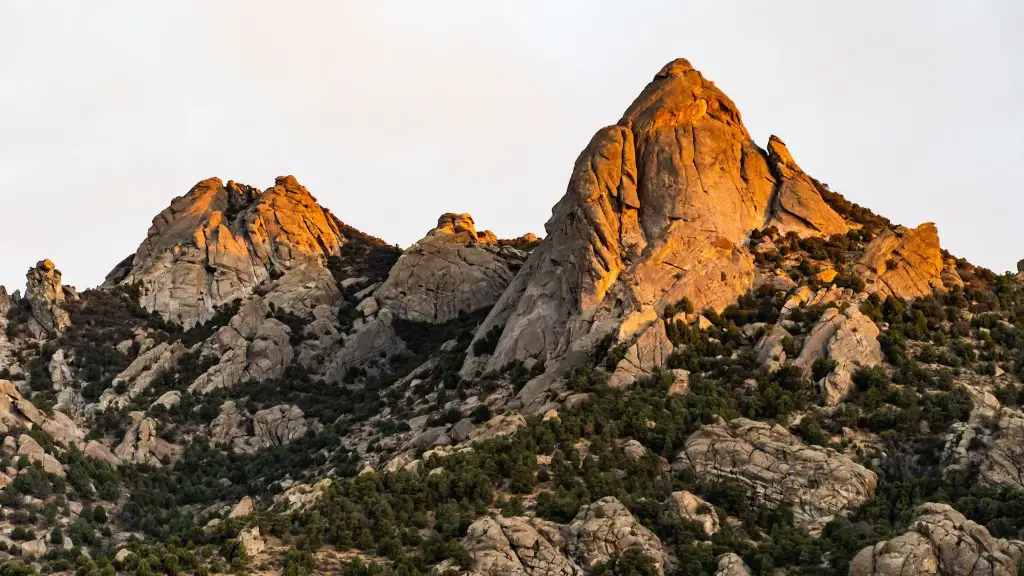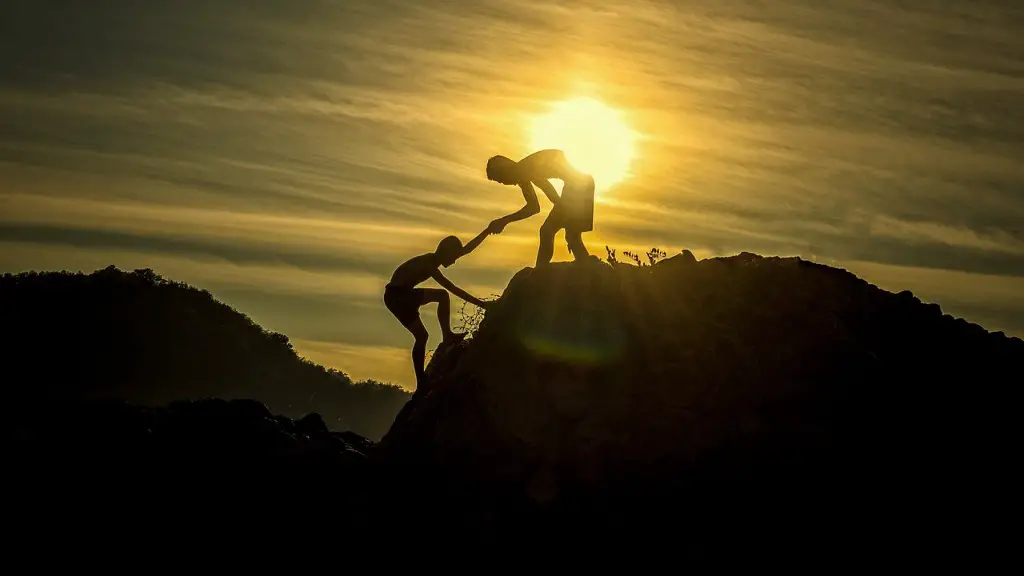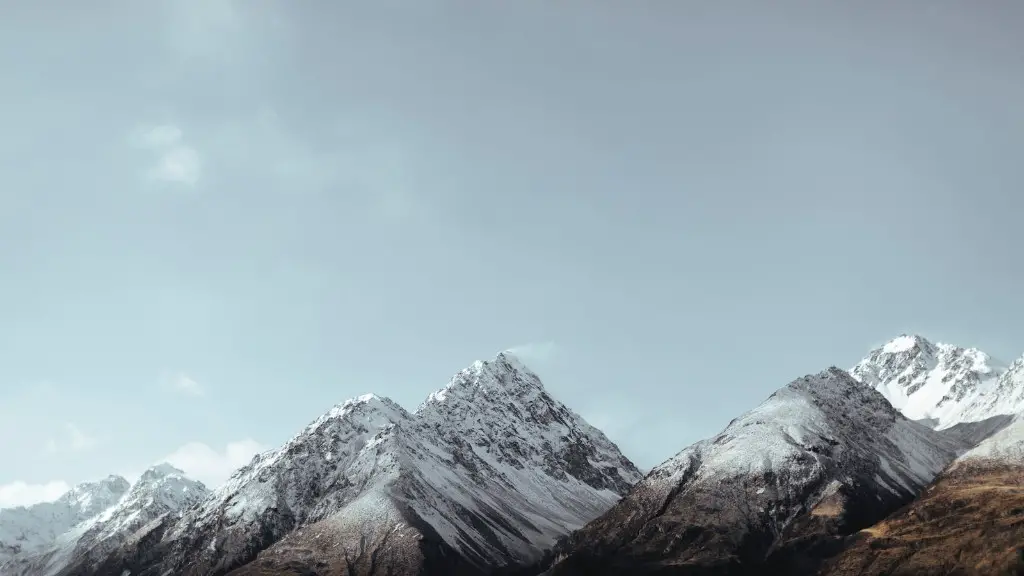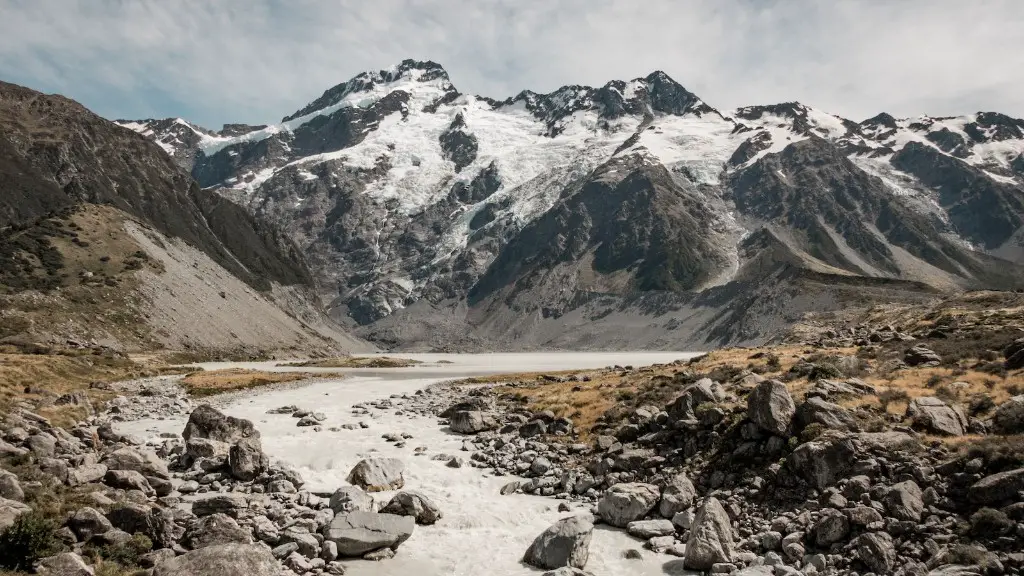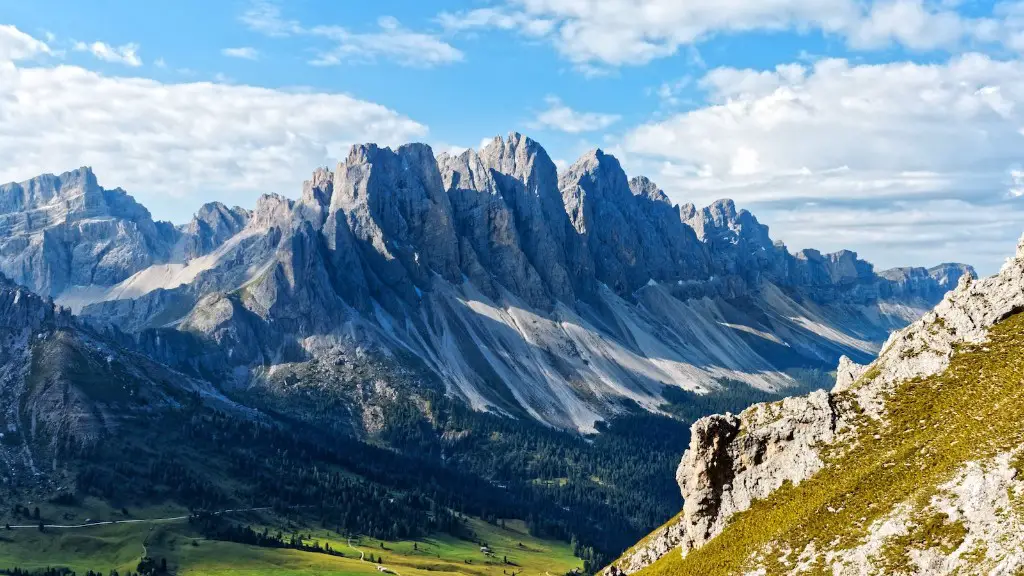Mount Fuji, the tallest mountain in Japan, is 3,776.24 meters (12,389.2 feet). It is located on the island of Honshu, about 100 kilometers (60 miles) southwest of Tokyo. Mount Fuji is an active volcano that last erupted in 1707.
Mount Fuji is 3,776 meters tall.
Is Mount Fuji the tallest mountain in Japan?
Mt Fuji is a popular destination for climbers and tourists alike, and is considered a spiritual site by many. The mountain is also a cultural icon, appearing in works of art and literature throughout the ages. In addition, Mt Fuji is a geographical wonder, with its unique shape and size.
1. Mount Fuji is three volcanoes in one.
2. Women were forbidden to climb it until 1868.
3. It is a sacred mountain.
4. It was first climbed by a monk.
5. It is a symbol of Japan.
6. It is an active volcano.
7. It last erupted in 1707.
8. It is surrounded by five beautiful lakes.
9. Every year, hundreds of thousands of people climb Mount Fuji.
10. It is one of the most popular tourist destinations in Japan.
Why is Mount Fuji so big
Mount Fuji is an iconic Japanese volcano that is quite a mystery. It is too big and too active for its location. The volcano sits above a subduction zone in which the Philippine Sea plate is sinking beneath Japan. This process melts the rock, creating lots of small pockets of magma.
A volcano is a mountain that has been formed by the eruption of hot lava and ash from the Earth’s surface. Over time, the lava and ash harden to form a cone-shaped mountain. The most famous volcano in Japan is Mount Fuji, which is also the tallest mountain in the country. Fuji last erupted in 1707, but is still considered active by geologists. The mountain is a popular tourist destination and is part of Fuji-Hakone-Izu National Park. In 2013, the park was designated a UNESCO World Heritage site.
How hard is Mt. Fuji to climb?
The ascent to the top of Mt. Fuji is relatively easy as long as you are in good shape. There are a few challenging parts which are steep and rocky but they are not frequent. The main challenge is the altitude which can cause climbers problems, especially those with little climbing experience.
Mt Fuji is a popular mountain to climb in Japan and depending on the trail you choose, the climb can take between 5-10 hours. The majority of climbers will begin from the Subaru Line 5th station which is on average a 5-6 hour climb to the summit. There are many different trails to choose from and each offers a different challenge and scenery. Whichever trail you choose, be sure to be prepared for a long and strenuous hike.
How many deaths has Mount Fuji caused?
The eruption of Mount Fuji in Japan in 1707-1708 was one of the largest in the country’s history. It ejected 08 cubic km of ash, blocks, and bombs, and caused damage to nearby villages and crops. Five historic eruptions have caused damage, including the 1707-1708 eruption, but no fatalities. Fuji had two large eruption (VEI=5) in 1050 and 930 BC.
Mt. Fuji is home to a variety of different animals, including 37 different recorded species of birds. The most significant and impressive of these birds are the serow and black bears, but there are also 100 different species of other birds that make the foothills of Mt. Fuji their home. If you are booking a Japan tour, be sure to keep an eye out for these animals!
Who owns Mount Fuji
Although many people assume that Mount Fuji is owned by the state, the truth is that it is actually the private territory of Fujisan Hongū Sengen Taisha. This organization owns more than 1,300 temples around Japan and has control over the mountain from the 8th stage upwards. This is just one of the many interesting facts about Mount Fuji – one of the most iconic mountains in the world.
The mountain is referred to as “Fuji-san” by Japanese speakers. This “san” is not the honorific suffix used with people’s names, but the Sino-Japanese reading of the character yama (山, “mountain”) used in Sino-Japanese compounds.
Why do Japanese love Mt. Fuji?
Mt. Fuji is Japan’s highest mountain and is considered sacred by both Shintoism and Buddhism. The perfect cone shape of the volcano is a national symbol and is admired by many. Japanese from all walks of life attests to the power of this natural symbol.
Many people don’t make it to the top of Mt. Fuji due to altitude sickness. Staying near the base the night before and/or waiting an hour at the 5th station before starting is crucial in order to help your body acclimatise. This is something that should not be overlooked!
Will Mt. Fuji ever erupt
Mt. Fuji, the tallest mountain in Japan at 12,388 ft, is an active volcano that last erupted in 1707. Although it’s been over 300 years since the last eruption, scientists have observed changes in the mountain that have them concerned it could be ready to blow again. These changes include an increase in seismic activity and ground deformation. The risk of an eruption is significant enough that the Japanese government has created an evacuation plan for the surrounding area, which is home to over 3 million people. While an eruption of Mt. Fuji would be devastating, it would also be an incredible sight to behold.
Hi,
I just wanted to reassure you that Mount Fuji is known to be a beginner-friendly mountain. Out of the four possible trails–Yoshida trail, Subashiri trail, Gotemba trail and Fujinomiya trail–we had specifically chosen the “easiest” Yoshida trail. So you don’t need to worry, you’ll be able to do it!
Will Mount Fuji erupt again?
The Mount Fuji volcano is one of the most iconic landmarks in Japan. However, it is also an active volcano that has erupted about 180 times over the past 5,600 years. The most recent eruption was more than 300 years ago, the Hoei eruption of 1707, and experts anticipate that another eruption could occur again before long.
While the potential for damage from a volcanic eruption in Tokyo is fearsome, the 80-mile distance between the city and Mount Fuji means that the threat is not immediate. It would take a massive eruption to send enough ash into the air to reach Tokyo, and even then, the wind would likely disperse the ash before it could cause too much damage. Nevertheless, the risk is real and should not be ignored. If a large enough eruption did happen, it could have devastating consequences for the world’s largest mega-city.
Can I climb Mt. Fuji in one day
The climbing season for Mount Fuji is from July 1st to September 14th. You can take a direct bus from Shinjuku to the base of the mountain, and then hike to the summit. The hike can be done in one day if you’re fit, but it’s better to spend a night in a mountain hut on the mountain so you can enjoy the views.
Climbing Mount Fuji is a popular activity for tourists visiting Japan. However, many people don’t realize that there is now a fee to climb the mountain. The fee is used to help protect and maintain the trails, and is only a few dollars. If you’re planning on climbing Mount Fuji, be sure to factor in the cost of the climbing pass. You can get to the 5th station (where the climbing starts) by bus from Kawaguchiko train station.
Final Words
Mount Fuji is 12,388 feet tall.
mount fuji is the tallest mountain in japan. it is 3,776 meters tall.
